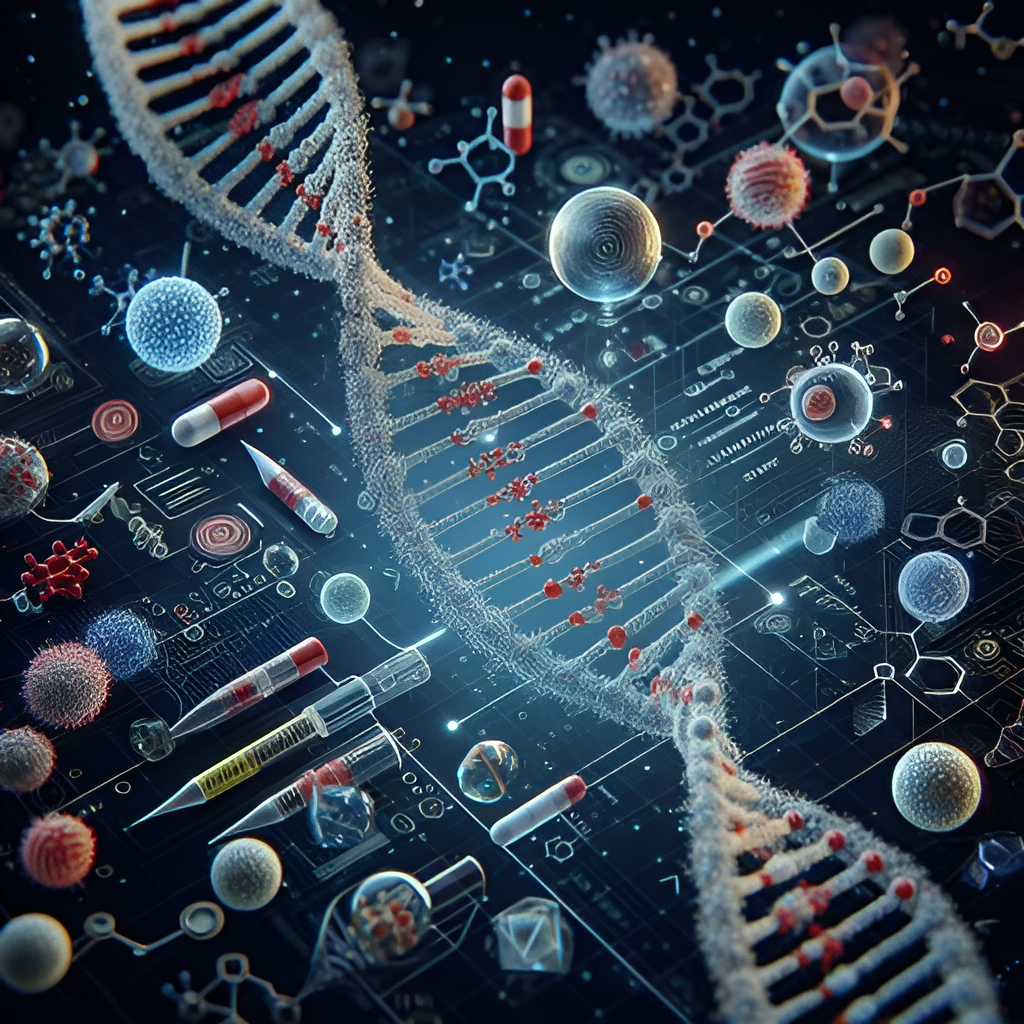In the rapidly advancing realm of genetic engineering, Prime Editing has become a game-changer by offering previously unheard-of levels of efficiency and precision in DNA manipulation. Priming Editing, a highly focused method of modifying DNA sequences, can revolutionize the field of genetic modification by replacing CRISPR-Cas9. This genome-editing tool relies on cellular repair mechanisms to cause breaks in DNA. On the other hand, prime editing directly alters DNA sequences without resulting in double-strand breaks
Understanding Prime Editing
Prime Editing works without creating breaks in the DNA strands. Instead, it utilizes an engineered reverse transcriptase enzyme, a customized guide RNA, and a modified Cas9 protein.
A Step-by-Step Breakdown of Precision Gene Editing
Image Credits: mdpi.com
The process unfolds in several steps. First, the guide RNA, tailored to the target DNA sequence, forms a ribonucleoprotein complex with the deactivated Cas9 protein. Subsequently, the engineered reverse transcriptase enzyme joins this complex, generating a new DNA sequence by copying information from the guide RNA and incorporating it into the target DNA. The edited DNA strand then acts as a template to repair the complementary strand, resulting in a precise modification without causing double-strand breaks.
Unprecedented Precision
The main advantage of Prime Editing is that it minimizes off-target effects and lowers the likelihood of unintentional genetic changes. It provides versatility by making it possible to add, remove, or swap out particular nucleotides precisely.
Furthermore, the technology makes complex genetic modifications possible, enabling several changes to a single target sequence. This complex modification was emphasized in the study conducted by the Department of Biology and Chemistry, National University of Defense Technology of China. The study determined that precision is particularly advantageous in avoiding off-target effects, a common concern in traditional genome editing techniques.
Applications and Potential Prospects
Prime Editing offers a customized method to address mutations that cause disease, which has great potential for treating genetic disorders such as Cancer, Sickle Cell Anemia, Cystic Fibrosis, Huntington’s Disease etc.
As technology develops, a new era of precision medicine targeting specific genetic variations may dawn. Prime editing also has its uses in agriculture outside medicine like improving crop characteristics and increasing food security worldwide. Targeted genetic modifications may also benefit conservation efforts, helping preserve endangered species.
Image credit: Integrated DNA Technologies
Regulations and Ethical Considerations
Even though Prime Editing has many exciting potential uses, serious ethical questions exist about its improper use. Strict rules and moral guidelines must be established to direct the appropriate use of this potent technology. However, the long-term ramifications of such genetic modifications, for example, are not entirely understood, and unintentional changes in the genetic code are possible. This also raises questions about the inheritability of such changes and the interactions amongst the population’s gene pool. Strict laws and moral guidelines must therefore be established to direct the appropriate use of this powerful technology in order to ascertain and regulate these aspects of genetic engineering.
Hence, providing a precision previously thought unattainable, Prime Editing is at the forefront of genetic engineering. Prime Editing is expected to have a revolutionary impact on agriculture, medicine, and other fields as research and applications grow. However, to guarantee this technology’s beneficial effect on humanity, its use must be done responsibly and supported by robust ethical and legal frameworks.
If you enjoyed reading our articles, please support us by buying our geeky merchandise on Instagram. Alternatively, you could buy us a coffee or follow us on Facebook, Twitter, Pinterest, or Medium.





1 comment
[…] Genetic engineering is a complex field in which scientists use a range of molecular tools to make changes to DNA, the information center of cells. You might have heard of gene editing techniques such as CRISPR, TALENs, and even PRIME Editing. […]